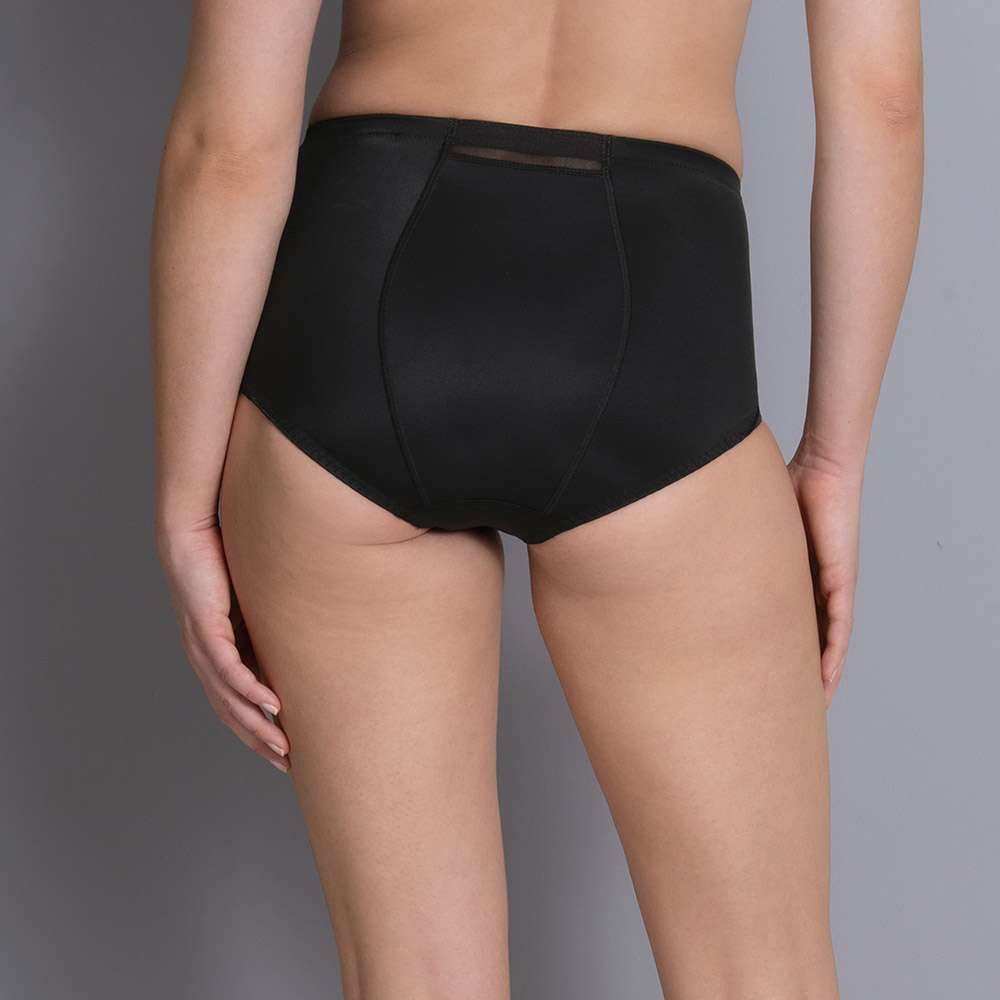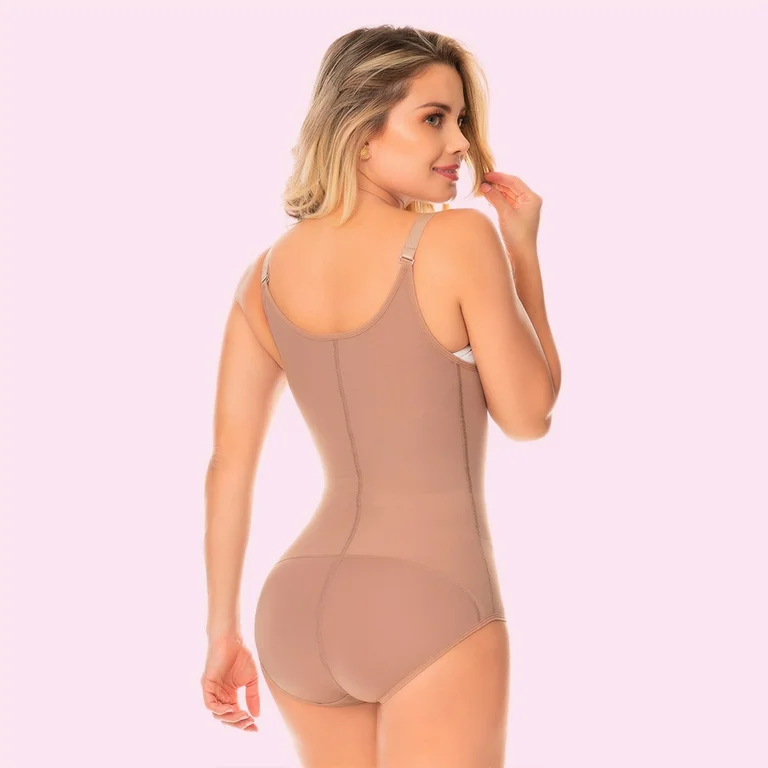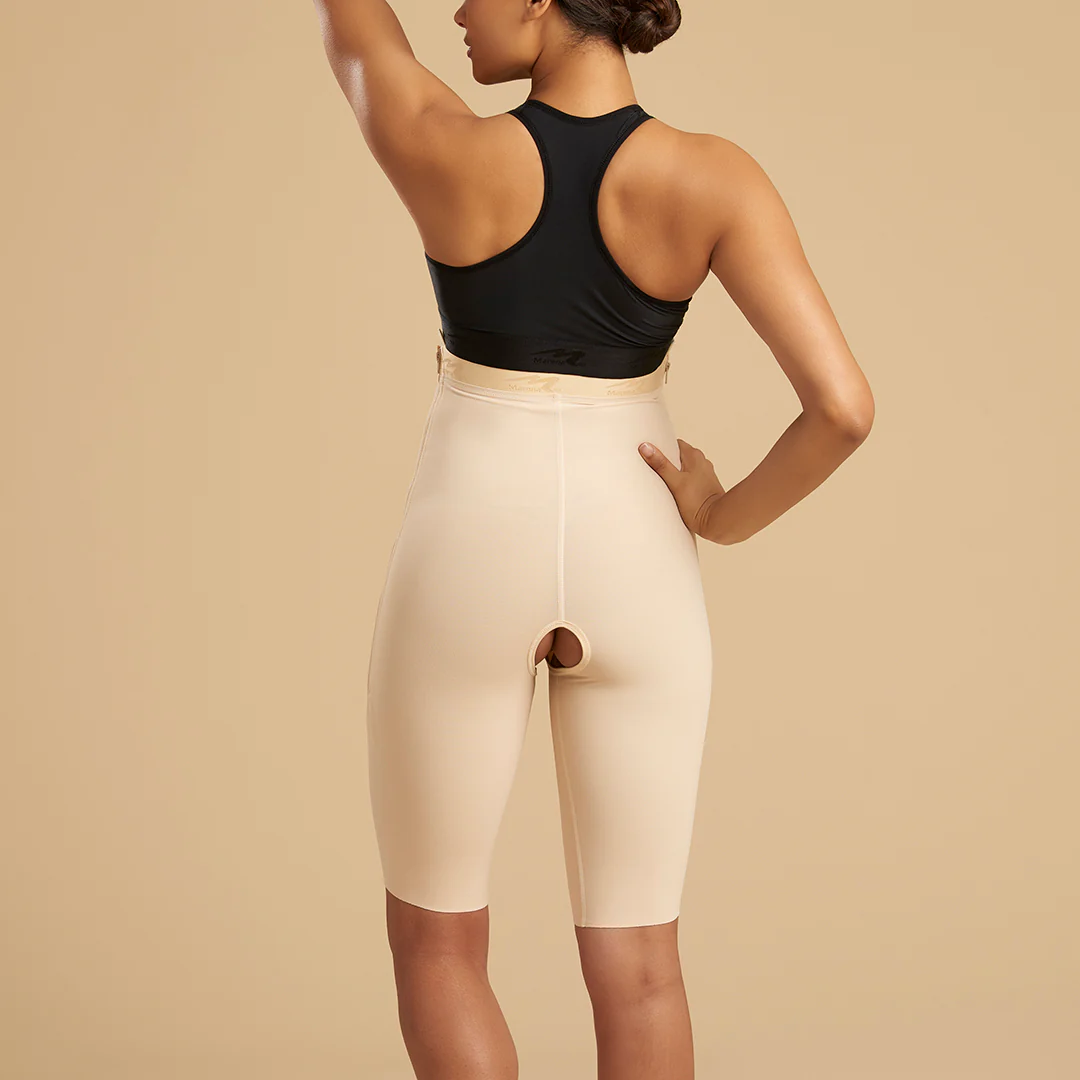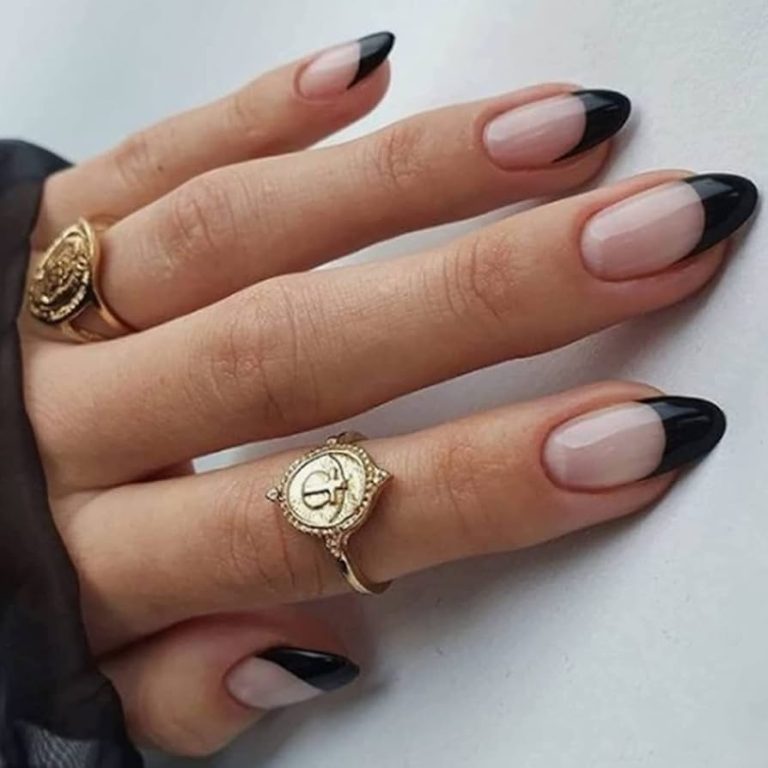
The Girdle: An Essential Accessory in Fashion History
The Girdle: An Essential Accessory in Fashion History
The girdle has a rich history as a significant fashion accessory. Its evolution reflects the changing ideals of beauty, practicality, and societal norms. This article explores the various roles girdles played throughout history. It also examines their relevance in modern fashion.
Girdle Origins: A Historical Overview
The girdle dates back to ancient civilizations. Early humans utilized simple belts to support clothing. The ancient Egyptians wore decorative sashes around their waists, symbolizing status. In ancient Greece, this practice evolved into the use of girdles called “zonas.” These garments secured flowing tunics, adding elegance to the wearer.
During the Middle Ages, girdles transformed into practical and decorative objects. They provided support for heavy garments, ensuring a structured silhouette. Nobility often embellished their girdles with jewels and ornate fabrics. These fashion statements indicated wealth and societal position. Therefore, girdles became essential components of medieval attire.
The Renaissance marked a shift in the girdle’s purpose. Women began to emphasize an hourglass figure, leading to the introduction of corsets. Girdles and corsets combined to shape the body, creating a dramatic silhouette. This period highlighted the marriage of fashion and function, influencing future garments.
As fashion continued to evolve, so did girdles. The 19th century saw the rise of the Victorian corset, further refining the waistline. Women endured discomfort for the sake of beauty, emphasizing the cultural significance of the girdle. The girdle’s role shifted from a simple accessory to a fundamental part of women’s fashion.

The Girdle in the 20th Century
The 20th century ushered in drastic changes for women’s fashion. The introduction of the flapper style in the 1920s marked the decline of the girdle. Women began to embrace looser clothing, prioritizing comfort over constriction. However, girdles remained a staple in many wardrobes.
In the 1950s, fashion icons like Marilyn Monroe popularized the curvy silhouette. During this era, girdles made a strong comeback. Women sought to achieve an idealized hourglass shape using stylish girdles. Fashion designers embraced this trend by incorporating them into their collections.
The 1960s and 1970s brought about a significant shift in attitudes toward women’s bodies. The feminist movement advocated for body positivity and self-acceptance. As a result, girdles fell out of favor during this time. Women increasingly rejected restrictive garments, embracing comfort and freedom.
Despite this shift, girdles found new life in the form of shapewear. Brands marketed them as tools to enhance natural curves. This innovation led to a revival of interest in girdles but with a modern twist. Shapewear provided a solution for women seeking support without sacrificing comfort.

The Modern Girdle: Shapewear and Body Positivity
Today’s girdles exist primarily in the form of shapewear. These garments focus on enhancing natural body lines rather than altering them. Many women appreciate shapewear for its versatility and comfort. Modern designs make these garments accessible for various body types.
Shapewear comes in different styles, offering a range of compression levels. Some products smooth out troublesome areas while allowing freedom of movement. Designers focus on inclusivity, offering sizes for all shapes. This shift encourages body positivity and acceptance among women.
Numerous brands now promote body confidence while offering stylish solutions. This evolution signifies a move away from harsh constraints. Women can now choose clothing that complements their bodies instead of conforming to rigid ideals. As a result, the girdle has re-established a positive place in fashion.
Technology plays a significant role in the production of modern girdles. Advanced fabrics offer greater breathability and stretch than ever before. Innovations ensure that girdles remain comfortable for extended wear. Consequently, more women choose to integrate girdles into their daily wardrobe.
Impact of Girdles on Body Image
Throughout history, girdles have significantly impacted societal expectations of body image. In various eras, narrow waists symbolized beauty, success, and femininity. Women often felt pressure to conform to these ideals, sometimes at the expense of their health. This expectation has shaped how women view themselves and their bodies throughout the ages.
The idealization of a specific body type can lead to negative self-perception. Some women may experience anxiety or dissatisfaction when unable to meet these standards. This societal pressure has persisted, despite fluctuations in trends. Girdles have both represented and reinforced these notions, affecting self-esteem.
Fortunately, shifts in body positivity and acceptance are changing this narrative. Many women are embracing diverse body types and rejecting restrictive standards. As a result, the influence of girdles is becoming less about adherence to societal norms. Emphasis is shifting toward personalization and self-expression through fashion choices.
Fashion brands are increasingly aware of this movement. They strive to create garments that reflect diverse body shapes and sizes. Girdles, when utilized as tools for enhancement rather than restriction, support this narrative. This change opens up conversations about self-love and acceptance in the fashion industry.

The Future of Girdles: Trends and Innovations
The future of girdles appears promising, thanks to emerging trends and innovations. Advancements in fabric technology continue to enhance comfort and functionality. Designers are incorporating sustainable practices within the production of girdles. This approach resonates with the growing demand for eco-friendly options in fashion.
Customization is another area where girdles are evolving. Consumers increasingly seek personalized experiences in their fashion choices. Brands are responding by offering customizable girdle designs and fits. This flexibility encourages self-expression, allowing wearers to find the perfect garment for their needs.
Furthermore, inclusive sizing remains a vital trend in addressing diverse body types. Fashion brands are recognizing the importance of representing all women. This awareness ensures that girdles cater to various shapes, enhancing comfort and confidence. The future of girdles holds the potential for greater acceptance and empowerment.
Technology integration is also shaping the future of girdles. Innovations such as smart fabrics may revolutionize how girdles function. Features such as temperature control and moisture-wicking properties enhance wearability. Future girdles may perfectly balance style, comfort, and performance.
Style Tips for Wearing Girdles
Wearing a girdle can be a stylish choice when done correctly. Understanding how to incorporate it into daily wear transforms any outfit. Start by selecting the right style and fit for your body type. This ensures comfort and enhances confidence when wearing the girdle.
Pairing a girdle with body-hugging clothing creates a polished look. The girdle offers smoothing and support, enhancing the garment’s silhouette. Opt for dresses or tops made of stretchy fabric to complete the ensemble. This combination ensures a seamless appearance while showcasing personal style.
Experimenting with layering is another effective styling tip. Girdles can serve as foundational garments beneath various clothing. Outfits such as blazers or dresses benefit from the added structure a girdle provides. Coordinating colors and styles further elevate the overall aesthetic.
Accessorizing with confidence is key when showcasing girdles. Choose statement pieces that complement the outfit. Items such as bold jewelry or vibrant handbags draw attention without detracting from the girdle’s impact. Building an ensemble around the girdle creates a cohesive and stylish appearance.

Girdles in Popular Culture
Girdles have permeated popular culture across generations. They often appear in films, television shows, and music as symbols of beauty. Characters who embody the idealized hourglass figure may don girdles to accentuate their shapes. This portrayal influences societal perceptions of beauty standards.
Celebrity endorsements and fashion campaigns have further popularized girdles. Influential figures in the entertainment industry often highlight their use of shapewear. This marketing strategy reinforces the girdle’s role in enhancing appearances. As a result, many women aspire to incorporate girdles into their wardrobes.
Additionally, historical references in film and television showcase the girdle’s evolution. Productions set in the Victorian era often depict characters wearing corsets and girdles. These representations illustrate the constraints of beauty standards throughout history. They also provoke discussions around modern ideals and body acceptance.
The future of girdles in popular culture appears promising. As society increasingly embraces diverse body types, the perception of girdles evolves. Fashion statements now focus on comfort, function, and expression rather than restrictive ideals. Ultimately, this shift reflects broader changes within contemporary culture and the fashion industry.
Conclusion: Embracing the Girdle’s Evolution
The girdle has traveled a fascinating journey throughout history. From functional support to modern shapewear, its evolution reflects societal changes. Today, the girdle symbolizes empowerment and body positivity rather than restriction. As fashion continues to change, so too does the girdle’s role in personal expression.
Embracing this evolution encourages women to reclaim the girdle. Girdles can enhance natural beauty and provide support without compromising comfort. Redefining their purpose fosters a culture of self-love and acceptance. Women are encouraged to appreciate their bodies in all forms, reclaiming the narrative surrounding girdles.
Fashion trends signal a shift toward inclusivity and personalization. Brands are beginning to recognize the spectrum of body types and shapes. This awareness promotes better representation, encouraging women to celebrate their unique beauty. Girdles, in this context, can enhance personal style while promoting confidence.
Looking forward, the future of girdles presents exciting possibilities. Innovations and trends will likely continue reshaping the girdle’s identity. As boundaries dissolve between comfort and style, the girdle will remain a beloved accessory. Ultimately, it will continue to evolve within the realm of fashion, reflecting the strength of women everywhere.

